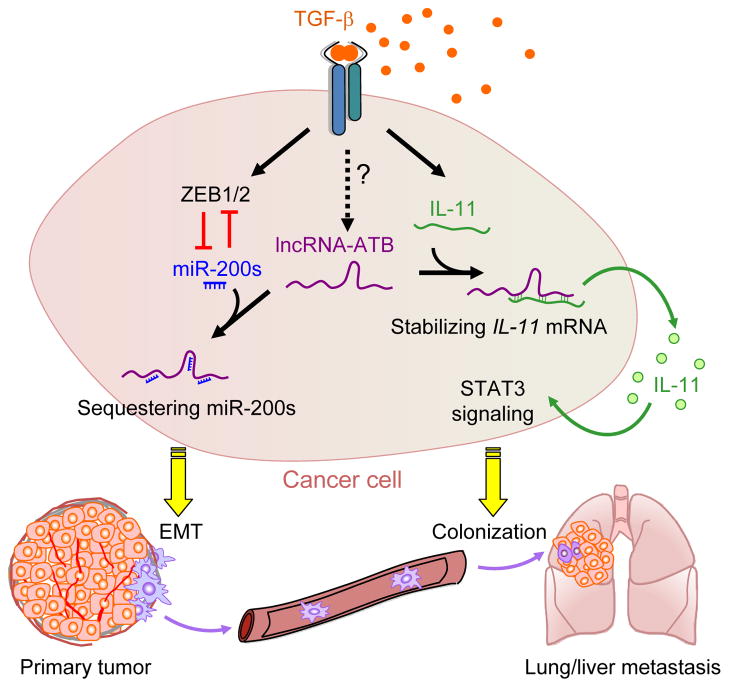Figure 1. LncRNA-ATB Acts Downstream of TGF-β to Promote Different Steps of Cancer Metastasis.
TGF-β signaling promotes metastasis by altering the expression of a variety of downstream genes, including many protein-coding mRNAs, miRNAs, and in the current study, a long non-coding RNA lncRNA-ATB. TGF-β signaling induces lncRNA-ATB, which reinforces the pro-metastatic TGF-β response via two distinct mechanisms. LncRNA-ATB competitively binds to miR-200s and sequesters them away from their mRNA targets ZEB1 and ZEB2, which encode two key EMT promoting transcription factors that repress the expression of E-cadherin and the miR-200s themselves, thus promoting EMT. LncRNA-ATB also binds to and stabilizes IL-11 mRNA, thereby increasing autocrine IL-11-STAT3 signaling to enhance the survival and metastatic colonization of disseminated tumor cells in the lung and liver. While ZEB1/2 and IL-11 are known to be activated by Smad-dependent pathways downstream of TGF-β receptor activation, lncRNA-ATB is activated by a Smad-independent non-canonical pathway that remains to be identified.

